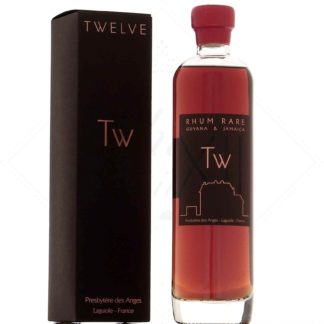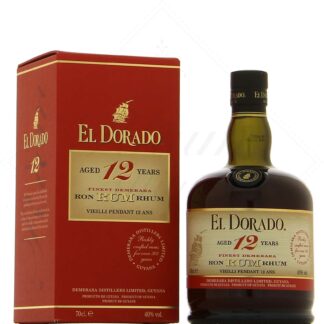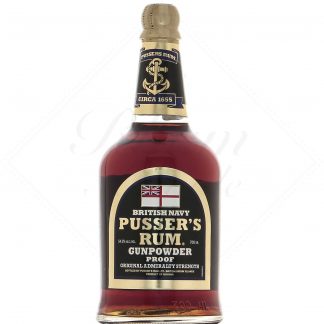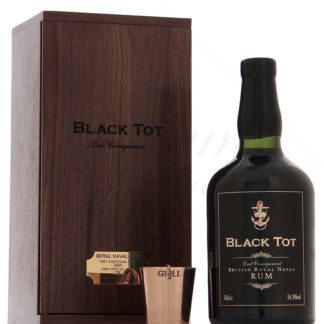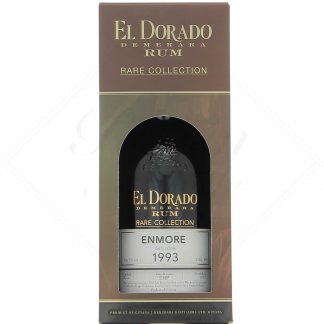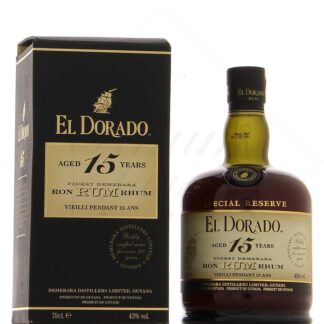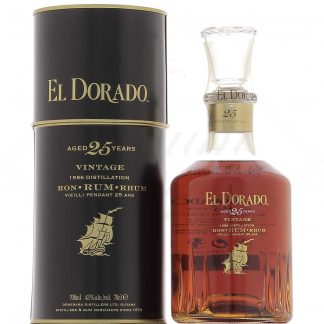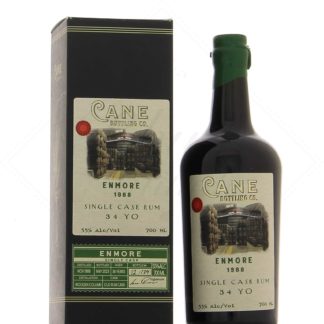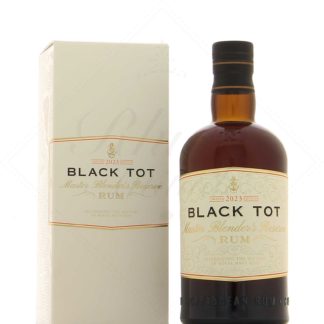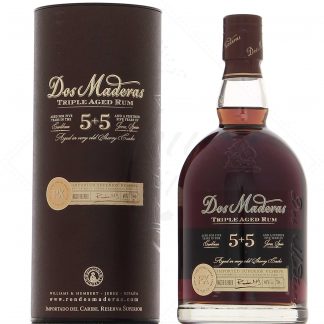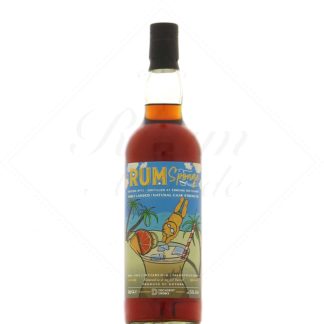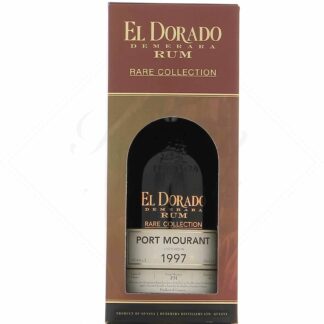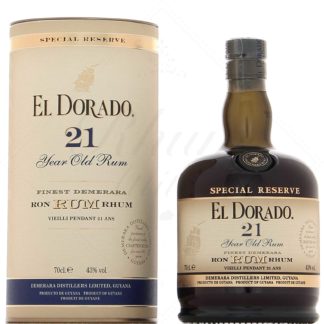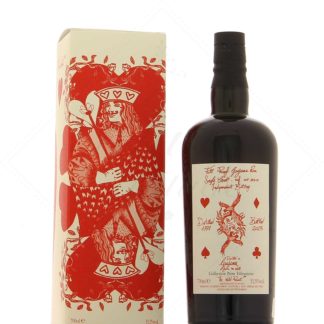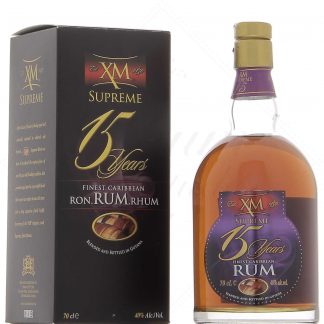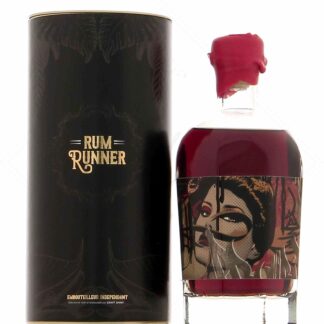Guyana (Demerara)
Guyana, formerly known as British Guiana, is a small South American country entirely covered by primary rainforest. Wedged between Venezuela and Suriname, it also borders Brazil to the south. Life here revolves around four major rivers: the Essequibo, Berbice, Corentyne and Demerara.
The history of Guyana rum
Since the 17th century, this former English colony has been a huge producer of cane sugar. And where there's cane sugar, there's molasses. At the height of production in the 19th century, each of the country's nearly 200 plantations is said to have had its own still. It's easy to imagine that these phenomenal quantities of molasses gave rise to equally impressive quantities of rum.
Among other things, this rum was destined for the British Navy, and was even the main component of the blend used for sailors' daily rations. Distributed primarily in the UK and Canada, it was little known in the rest of Europe.
At the end of the 19th century, Guyana, like all cane sugar-producing countries, suffered the full force of the sugar crisis. In its heyday, Guyana had nearly 200 distilleries, but by 1949 only 9 remained, followed by 5 when the country gained independence in 1966, and only one today.
Rum production in Guyana
Demerara Distillers Limited
What makes Guyana 's rums so special today is that part of the country's rum-making heritage has been preserved at the last remaining distillery: Diamond Distillery, owned by Demerara Distillers Limited. You'll hear it referred to most often as " Demerara rums", named after the river bordering this distillery. Some of the stills from the surrounding plantations and distilleries, now no longer in existence, have been preserved here, enabling us to continue producing rums with distinct and inimitable styles.
Mythical stills
Thanks to these pieces of history that have been kept in operation, in some cases since the 17th century, we produce styles of rum whose names thrill connoisseurs. Here are the main styles produced, along with their stills, each name corresponding to the plantation of origin:
Port Mourant : Double pot still with wooden vat
Enmore : Continuous wooden column
Versailles: pot still with wooden vat
Diamond : Coffey steel double column
Uitvlugt: Savalle column
The distillery also produces a light rum in a multi-column complex, as well as a highly concentrated "High Ester" rum in a small still specially designed for the purpose.
What do the famous "Marks" stand for?
Demerara rums are often associated with little codes, a series of mysterious letters that are easy to understand, provided you're a bit of a connoisseur.
These codes, called " marks ", correspond to a style of rum. Each still is capable of producing several styles, or several concentrations. For example, EHP or ELCR marks can be found for theEnmore still. But DDL has also succeeded in recreating styles from defunct stills using those it has at its disposal. This is the case of the Albion style, made on the Enmore column and bearing the AN mark. Knowing a rum's mark helps you find your way through the profusion of styles on offer in the Demerara world.
Guyana rums
The official bottler of Guyana rums is El Dorado. The range extends from El Dorado 3 ans, a white rum that is in fact a filtered vieux, to El Dorado 25 ans. These are blends of different styles of rum distilled at DDL. The brand also offers vintages of each style, Port Mourant or Enmore for example, bottled unfined.
Guyana rums can be found in many other blends, including navy rums such as Pusser's and Dos Maderas rums.
Finally, independent bottlers were quick to take an interest in this fascinating universe, offering numerous versions of these famous styles. These include Silver Seal, Rum Nation, Mezan, Cadenhead's, Velier and La Compagnie des Indes, among others. Read less
